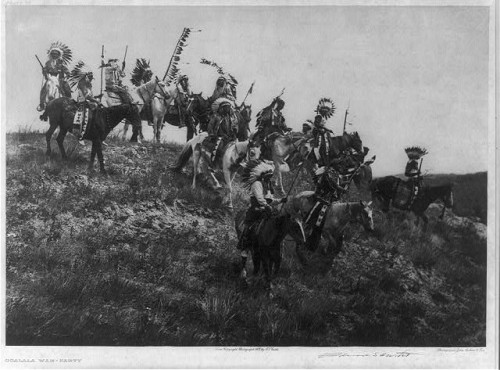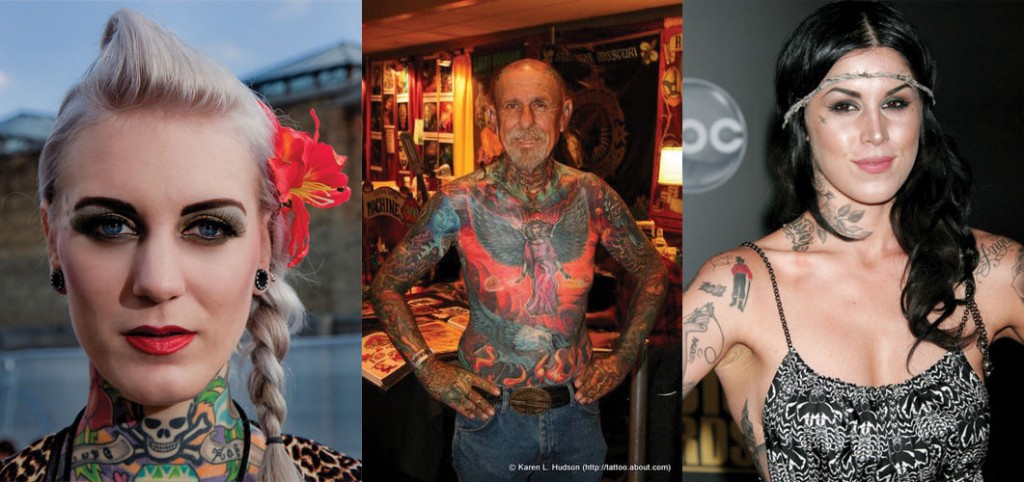Trigger warning for those sensitive to war, suicide, domestic violence, or people suffering from war-related ptsd.
Generations of U.S. children have played with the iconic little green army men. Along with other war toys, they contribute to the socialization of some young boys into the idea that war is an exciting and heroic adventure.
 (source)
(source)
An artist at the Dorothy Collective decided to reconfigure the little green army men so that they would tell the less glamorous stories. Inspired by an article about the suffering of a Colorado Springs-based battalion, she created these little green army men:
They’re a heart-wrenching commentary about the grown up realities of war and the socialization of children into the fantasy. Thanks to Hope H. for the tip.
Lisa Wade, PhD is an Associate Professor at Tulane University. She is the author of American Hookup, a book about college sexual culture; a textbook about gender; and a forthcoming introductory text: Terrible Magnificent Sociology. You can follow her on Twitter and Instagram.










